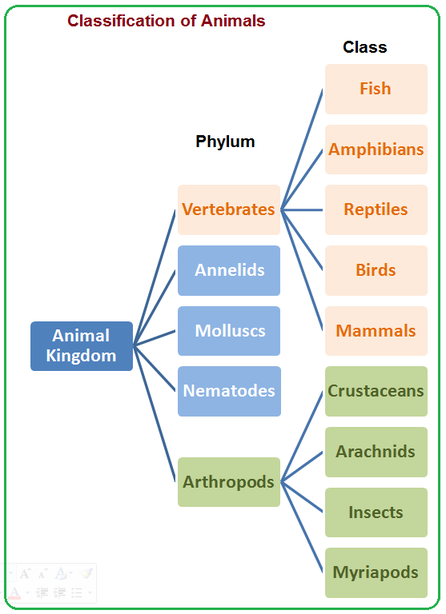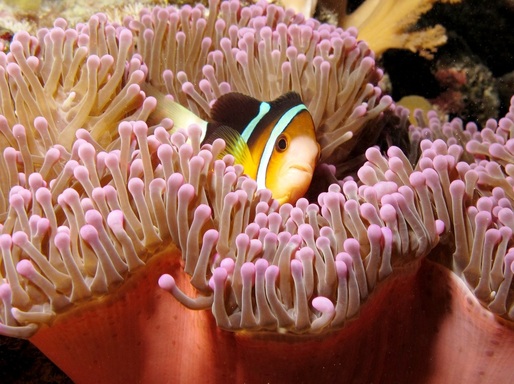#4 Classification of Animal kingdom
The animal kingdom contains many phyla. Some of them are:
Vertebrates, Arthropods, Annelids, Molluscs, Nematodes.
Classes in two of these phyla:
It is not always easy to recognise an animal. For a very long time, people thought that’s sea anemones were plants, because they tend to stay in one place and their tentacles look rather kike petals. Now we know that they are animals.
One of the best way to tell if an organism is an animal is to look at its cells under the microscope. Animal cells never have cell walls.
Animals are classified into many phyla. Here are just some of these phyla:
Animals are classified into many phyla. Here are just some of these phyla:





